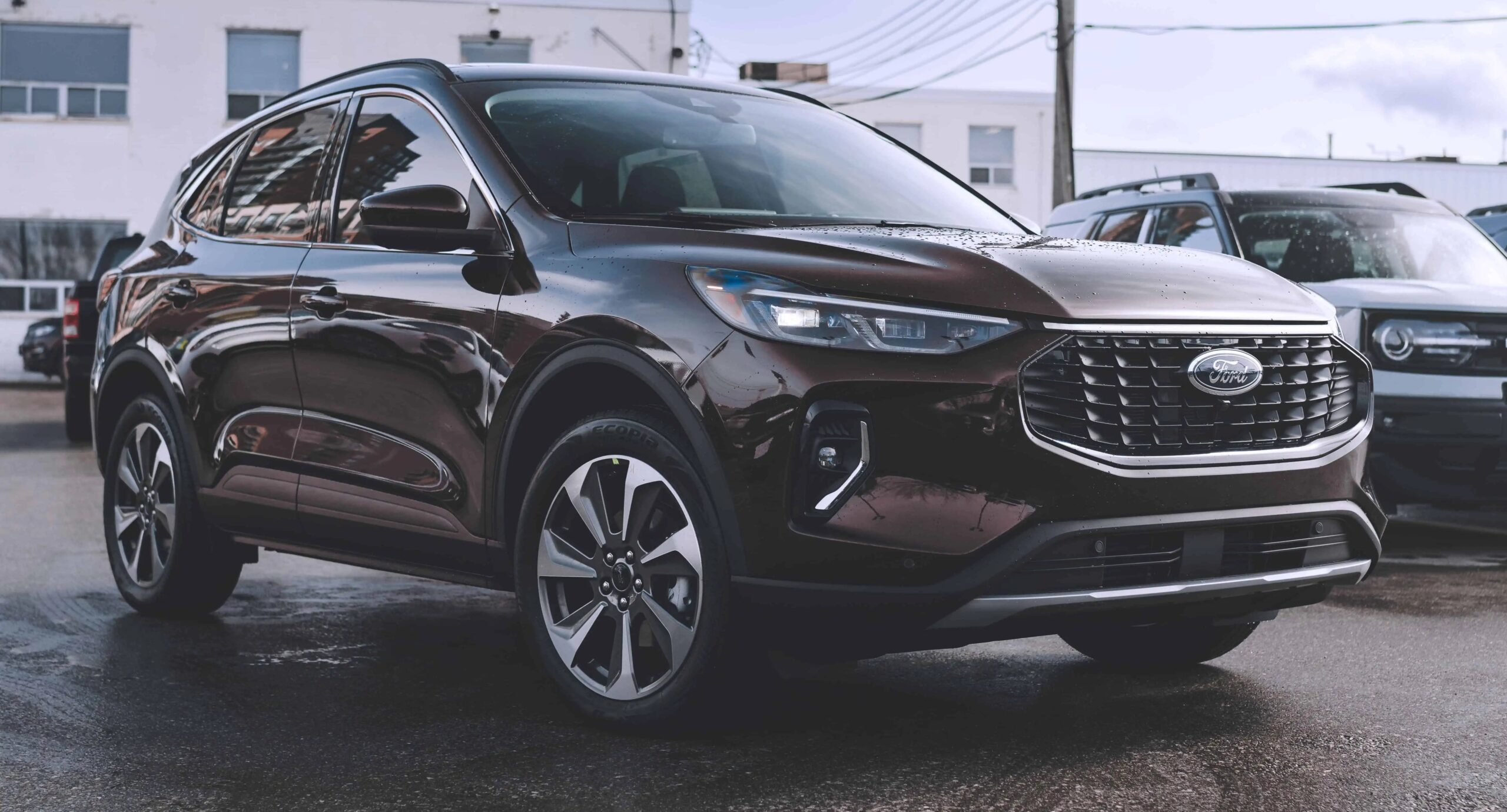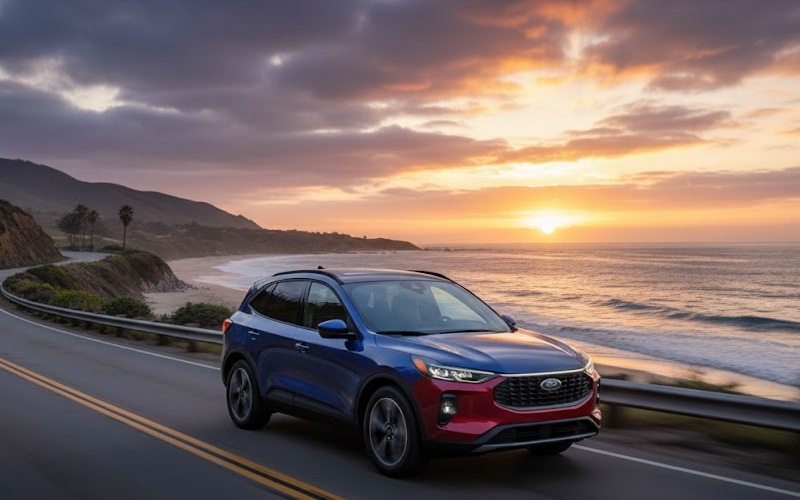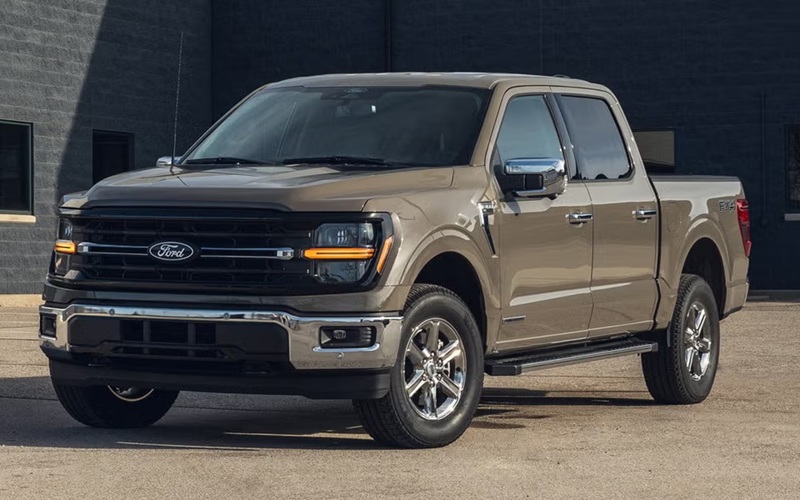The Ford Escape Plug-in Hybrid Electric Vehicle (PHEV) represents a significant step forward in automotive technology, offering drivers the flexibility to choose between all-electric driving for short distances, hybrid mode for optimal efficiency, and gasoline-only operation for extended trips. This article will delve into the intricacies of these driving modes, exploring how each contributes to the vehicle’s performance, efficiency, and overall driving experience.

All-Electric Mode: Embrace Zero-Emission Driving
The all-electric mode is the most revolutionary aspect of the Ford Escape PHEV, allowing drivers to experience the benefits of pure electric propulsion.
Range and Performance
In all-electric mode, the Escape PHEV can travel up to 60 kilometers on a single charge. This range is sufficient for many daily commutes and short trips, enabling drivers to complete their journeys without using a drop of gasoline. The electric motor provides instant torque, resulting in responsive acceleration and a smooth, quiet driving experience.
Efficiency and Environmental Impact
When operating in all-electric mode, the Escape PHEV produces zero tailpipe emissions, making it an environmentally friendly option for urban driving. The efficiency of the electric motor also translates to lower operating costs compared to traditional gasoline-powered vehicles.
Charging and Convenience
Fully charging the Escape PHEV battery takes approximately 3.5 hours using a Level 2 charging station. This relatively quick charging time allows owners to quickly top up their battery overnight or during short stops throughout the day. The vehicle can also be charged using a standard household outlet, albeit at a slower rate.
Best Use Cases
All-electric mode is ideal for:
- Daily commutes within the 60-kilometer range
- Short trips around town
- Areas with low-emission zones or congestion charges
- Maximizing fuel savings and minimizing environmental impact
Hybrid Mode: Balance Efficiency and Range
The hybrid mode of the Ford Escape PHEV combines the power of the electric motor with the gasoline engine, offering a balance between efficiency and extended range.
How It Works
In hybrid mode, the vehicle’s onboard computer continuously optimizes using the electric motor and gasoline engine. This intelligent system ensures that the most efficient power source is used based on driving conditions, battery charge level, and power demands.
Performance and Efficiency
The combined powertrain in hybrid mode delivers a total system output of 210 horsepower. This provides ample power for everyday driving situations while maintaining impressive fuel efficiency. In hybrid operation, the Escape PHEV achieves a fuel consumption rate of approximately 5.88 liters per 100 kilometers.
Regenerative Braking
One of the key features of the hybrid mode is regenerative braking. This system captures kinetic energy during deceleration and braking, converting it into electrical energy to recharge the battery. This process helps to extend the electric range and improve overall efficiency.
Seamless Transition
A notable aspect of the Escape PHEV hybrid mode is the seamless transition between electric and gasoline power. The vehicle’s sophisticated control system ensures the switch between power sources is smooth and barely noticeable to the driver and passengers.
Best Use Cases
Hybrid mode is handy for:
- Longer journeys beyond the all-electric range
- Situations requiring more power, such as highway driving or hill climbs
- Maximizing overall efficiency when the battery charge is low
Gasoline-Only Mode: Extended Range and Flexibility
While the all-electric and hybrid modes are the primary operating states of the Escape PHEV, the gasoline-only mode provides an additional layer of flexibility and range.
When It’s Used
The gasoline-only mode typically engages in the following scenarios:
- When the battery charge is depleted
- During high-power demand situations where the gasoline engine is more efficient
- When the driver manually selects this mode for specific driving conditions
Performance Characteristics
In gasoline-only mode, the Escape PHEV relies on its 2.5-liter four-cylinder engine. It delivers comparable performance to traditional gasoline-powered Escape models.
Fuel Efficiency
Although less efficient than the electric or hybrid modes, the gasoline-only operation still benefits from the vehicle’s advanced engineering. The precise fuel efficiency in this mode can vary depending on driving conditions and style.
Best Use Cases
Gasoline-only mode is most beneficial for:
- Extended highway driving
- Situations where charging opportunities are limited
- Preserving battery charge for later use in low-emission zones
Optimize Your Driving Experience
To make the most of the multiple driving modes, consider the following tips:
- Plan Your Route: For shorter trips within the all-electric range, start with a full battery and use the electric-only mode to maximize efficiency.
- Utilize Hybrid Mode for Varied Journeys: For trips that exceed the electric range but include urban and highway driving, let the hybrid mode optimize your efficiency.
- Strategic Use of Gasoline-Only Mode: Consider using the gasoline-only mode on long highway stretches to preserve battery charge for urban driving later in your journey.
- Monitor Your Driving Style: Regardless of the mode, smooth acceleration and braking can significantly improve your overall efficiency.
- Regular Charging: To maximize the benefits of the PHEV system, make it a habit to charge your vehicle regularly, especially overnight.
The Technology Behind the Modes
The seamless operation of the Ford Escape PHEV various driving modes is made possible by advanced technology:
Powertrain Control Module
At the heart of the Escape PHEV system is a sophisticated Powertrain Control Module (PCM). This computer constantly analyzes various factors such as battery charge level, driving conditions, and power demands to determine the most efficient way to propel the vehicle.
Battery Management System
The Battery Management System (BMS) monitors and controls the high-voltage battery pack. It ensures optimal performance, longevity, and safety of the battery across all driving modes.
Regenerative Braking System
The regenerative braking system is a key component in maximizing efficiency. It captures kinetic energy during deceleration and converts it into electrical energy to recharge the battery, extending the electric range.
Power Split Device
In hybrid mode, a power split device allows the gasoline engine and electric motor to work together efficiently. This system can route power from the engine to either directly drive the wheels or generate electricity for the battery.
Environmental Impact and Efficiency
The multiple driving modes of the 2024 Ford Escape PHEV contribute significantly to its environmental friendliness and overall efficiency:
Reduced Emissions
By allowing for all-electric driving in urban areas, the Escape PHEV can significantly reduce local emissions, particularly in congested city centers where air quality is a concern.
Lower Carbon Footprint
Even when operating in hybrid mode, the efficient use of gasoline and electricity results in a lower carbon footprint than conventional gasoline-only vehicles.
Energy Efficiency
The ability to recover energy through regenerative braking and optimize power usage between the electric motor and gasoline engine results in high overall energy efficiency.
2024 Ford Escape PHEV Drive Modes: Optimal Efficiency
The Ford Escape PHEV multiple driving modes – all-electric, hybrid, and gasoline-only – offer drivers unprecedented flexibility and efficiency. By understanding and strategically using these modes, owners can maximize the benefits of this advanced vehicle, whether they’re prioritizing zero-emission driving, long-range capability, or overall efficiency.
The all-electric mode shines in urban environments and for short trips, offering zero-emission driving and the lowest operating costs. The hybrid mode provides an excellent balance of efficiency and range, making it ideal for varied driving conditions. The gasoline-only mode ensures that the vehicle can handle long-distance travel without range anxiety while offering the option to preserve electric range for later use.
As automotive technology continues to evolve, vehicles like the Ford Escape PHEV demonstrate how different propulsion methods can be integrated to create a versatile and efficient driving experience. By offering drivers the choice of how to power their journeys, Ford has created a vehicle that can adapt to a wide range of driving needs and preferences while contributing to a more sustainable transportation future.



